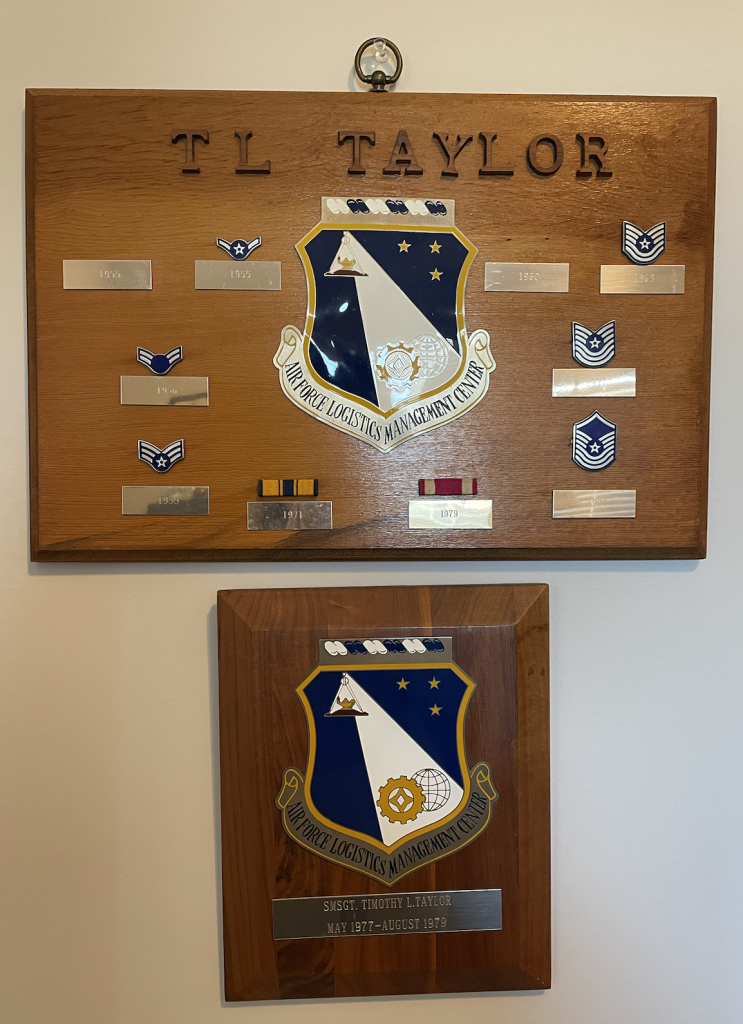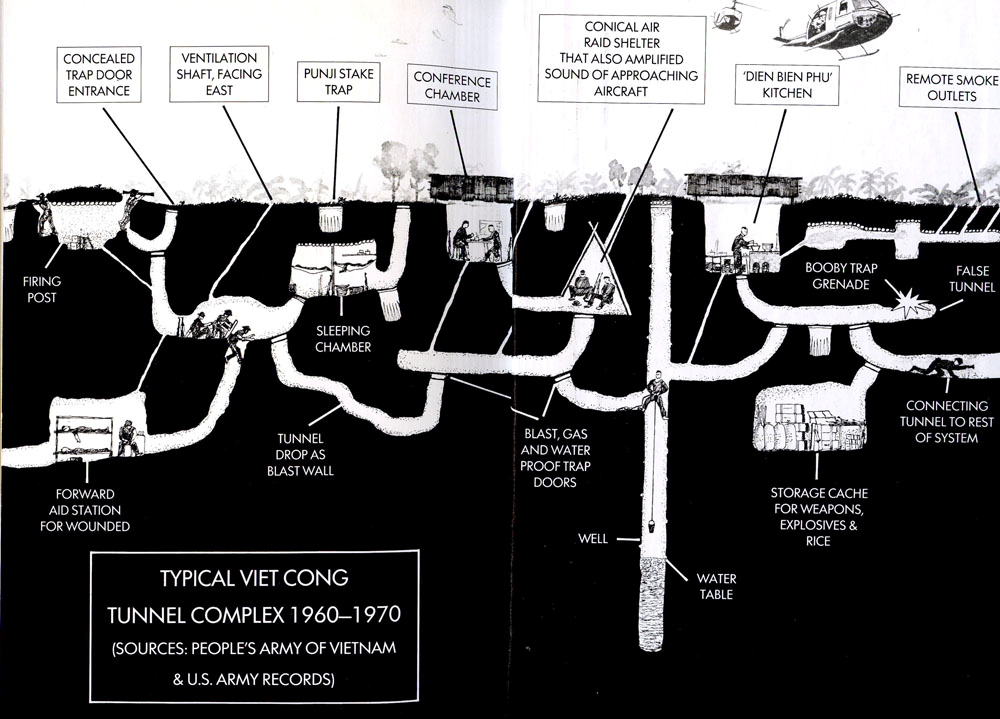A Brief Background

Timothy Taylor was born December 23, 1937 in Detroit, Michigan. He grew up in Greenville, Pennsylvania. He attended high school, graduated, and planned on going to college. However, he did not have a way to pay for it. He was left with one choice – join the military to pay for college. Tim decided to join the Air Force. He felt as though it was the best opportunity for him to get his education.
“I chose to join to serve my country.”
Timothy Taylor
Tim officially joined the Air Force in 1955. After years of serving as a jet aircraft mechanic, Tim became the Non Commissioned Officer in Charge of the Planning and Scheduling Department (NCOIC). In this role, Tim was in charge of scheduling aircraft coming in and out of an air force base. He was also in charge of making sure each aircraft was scheduled for maintenance, if needed, and refueled.
Heading to Vietnam

Tim was sent to Vietnam in 1969. His superiors never told him why he was going, nor did they give him any special trainings to prepare him for the job. He remembers having feelings of apprehension, but ultimately, he knew it was his duty to serve his country. “I was there to do my part,” he says. Tim was stationed at Phan Rang Air Base. The first day Tim arrived, the base was under attack by the Viet Cong. “Matter of fact, the first day I was there… walking to the mess hall, we got a rocket; came over and landed probably a hundred yards from me, but the shrapnel from it killed the guy in front of me, went, went right, almost de-headed him. That’s, that’s a scary thing to have to deal with on the first day.”
These attacks were fairly frequent, according to Tim. The Viet Cong had tunnels in the nearby mountains and would attack the air base with “rockets.” Every time the base was hit, Tim was in charge of distributing weapons. “[Distributing weapons] was a chore. I’m standing out there issuing weapons. And the bombs are coming, you know, so I’m having to sneak in and out [of the barracks] to issue the weapons. But that was a, that was a pretty stressful job.”

A typical day for Tim was straightforward: wake up, go to the Mess Hall to eat, then go to work. After work, he’d go back to the Mess Hall, then back to his room. The men at Phan Rang lived in Quonset huts. They each had their own room. Tim and his peers would play cards and talk about their lives at home to pass the time. On their days off, the men would sometimes leave the base and go to the nearby beach. Tim recounts one of the trips and recalls having a close call with the Viet Cong: “We used to have to go around the mountain to get to the beach, which was not far, but we had to go around the mountain to get there, and [the Viet Cong] were shooting at us the whole time… None of us ever got shot, but they were shooting at us.”
The Vietnam War was incredibly stressful. To relieve stress, Tim and his friends would play cards, go to the beach, and talk about their lives at home. Tim remembers that one of his favorite parts of the day was when he got to open the letters and tapes his family sent him from home. His wife, Joan, would write to Tim almost everyday and send him photos and tapes of his children. Tim remembers a particularly funny tape that lifted his and his team’s spirits tremendously: “I got a tape. And it was from Timmy. He said, ‘I poo-pooed in the potty, Daddy.’ That made my day.”
During his deployment, Tim was promoted from Technical Sergeant to Master Sergeant. Tim was proud of the work he did and did his best in every task assigned to him. While being promoted, Tim’s commanding officer told him he ran a “very competent section.”
“As far as I’m concerned, [my job is] going to be done the best I can do it.”
Timothy Taylor

Tim served in Vietnam for nine months. His official assignment was supposed to be one year, but instead of going on his R&R, or rest and recuperation, Tim opted to shorten his time in Vietnam and leave early. After being sent home, Tim was sent to KI Sawyer Air Force Base in Michigan. There, he worked in an office on base, until he was sent to Alabama. He continued his career at Maxwell Air Force Base in Montgomery until retiring in 1979. He served his country for 24 years. During his service, Tim was promoted to Senior Master Sergeant.
The Aftermath
Like many others who served, Vietnam impacted Tim for life. “[Vietnam] made me more aware of other people in the world that, that have problems and trials and tribulations that, you know, that maybe we don’t have. So, it made me appreciate what we had. That’s for sure.” When Tim heard that the United States was pulling out of the war, he felt it was the right thing to do. Tim believed that the United States should have never been in the war in the first place. He believed that the United States had entered a war they were never going to win. In his eyes, there were people in the United States that needed as much help as the Vietnamese people did.
Phan Rang

Phan Rang was built by the Imperial Japanese Army in 1942, but it was primarily used by the French during the First Indochinese War. After the French abandoned the base in 1954, the United States rebuilt the base in 1965 and occupied it with the Republic of Vietnam Air Force. The base was used by the United States until being seized by the People’s Army of Vietnam in 1975.
In addition to the United States Air Force, the United States Navy and Marines were stationed at the base. Over the course of the ten years of occupation, the base held the 366th Tactical Fighter Wing and the 35th Tactical Air Wing. Both units provided ground troops with aerial support and performed missions to bomb enemy bases.
Along with American troops, the base housed Korean and Australian troops.
The Viet Cong Tunnel System

The Viet Cong had an immense network of tunnels underneath Saigon and most of Vietnam. These tunnels were essential to the Viet Cong for traveling inconspicuously throughout the country. The tunnels also served as hiding spots when the United States was carrying out bomb operations.
The United States had several campaigns to try to destroy the tunnel system. However, this proved to be a difficult task because the entrances to the tunnels were extremely well hidden. Not only that, there were fake entrances and booby traps. When American troops did find the tunnels, they would try to force the Viet Cong soldiers out with gas, tar, or water, or they would throw a grenade in to try to collapse the tunnels. Both ways were insufficient, as the tunnels were built too well.
After these failures, the United States ramped up their tunnel operations by employing “tunnel rats.” These troops would infiltrate the tunnel system and carefully explore the tunnels, looking for information and Viet Cong.
B-52 bombers also assisted in the tunnel operations by carpet bombing the areas in which tunnels were suspected. However, this did not do much, as most of the tunnels are still intact to this day.
Additional Readings/Interview
Sources:
“Phan Rang.” USAF Police Alumni Association, https://www.usafpolice.org/phan-rang.html.
National Museum of the United States Army. https://www.thenmusa.org/articles/tunnel-rats-of-the-vietnam-war/.
“US, Phan Rang Air Base, 1965-1975.” Fold3, https://www.fold3.com/publication/1102/us-phan-rang-air-base-1965-1975.